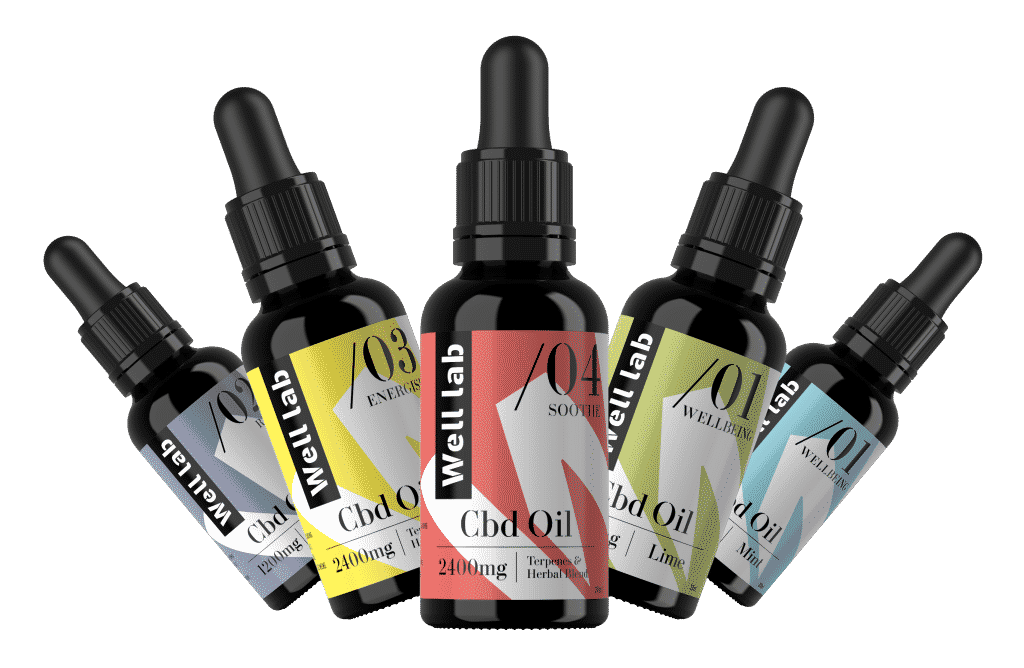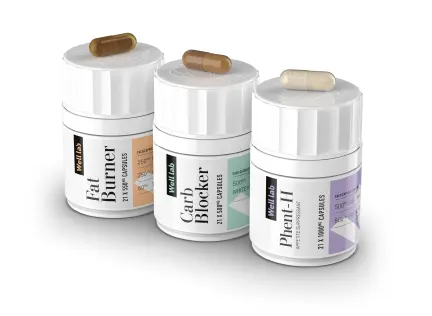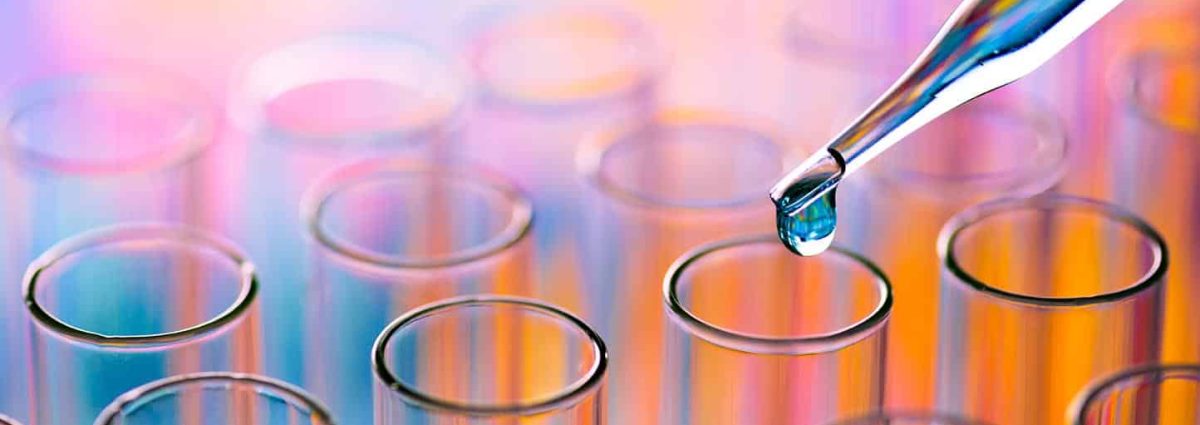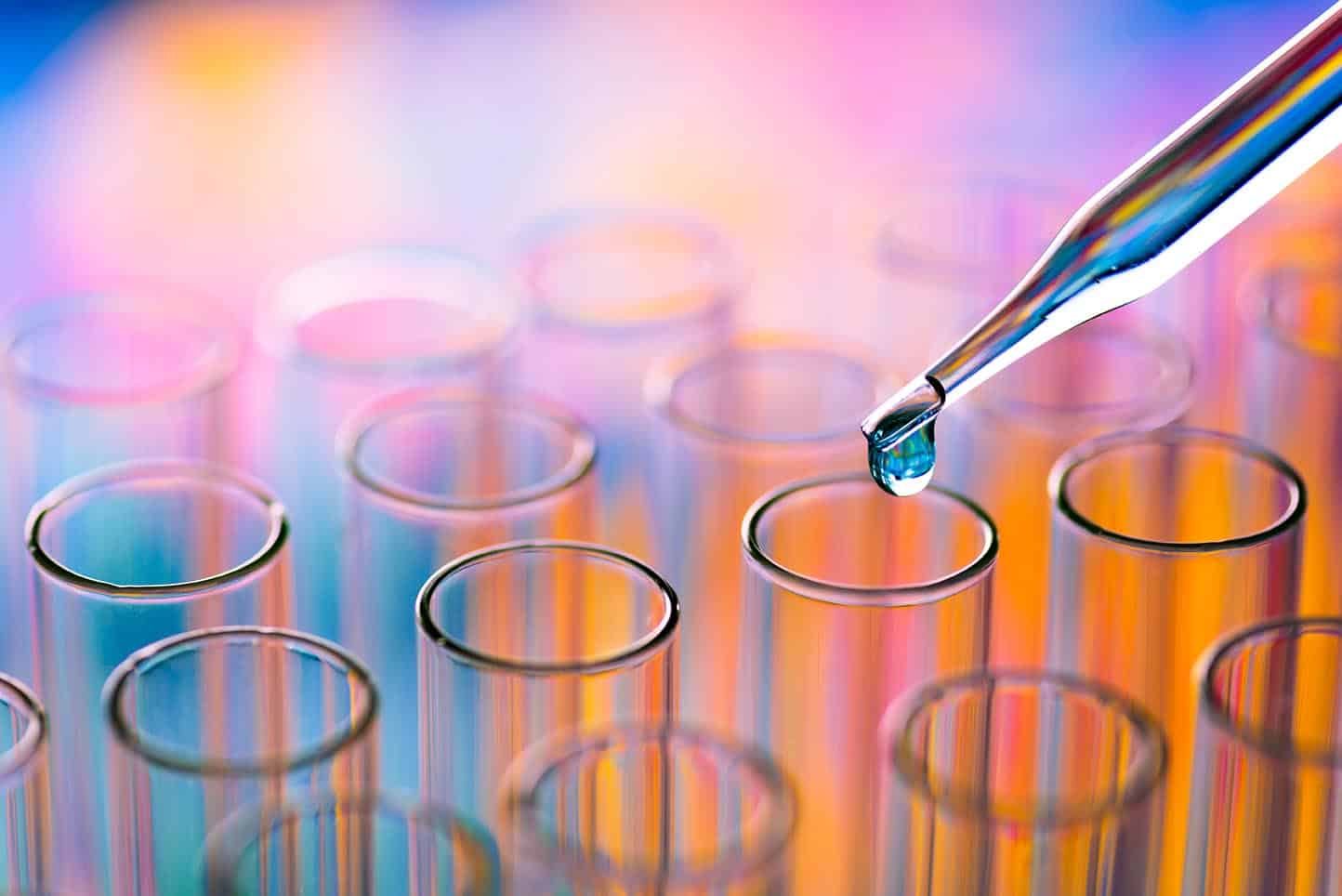CBD oil is made by extracting CBD from the cannabis plant, then diluting it with a carrier oil such as coconut, olive or hemp seed oil. It is becoming increasingly popular in the health and wellness industry, with many people opting for CBD oil instead of prescription medication to ease conditions from insomnia to chronic pain.
The CBD oil has grown exponentially over recent years, and the industry is continuing to flourish. Now there are so many businesses competing for the top place in the market, finding a fast and effective way to extract the oil from the hemp plant has never been more important.
CBD is available mostly in oil form, which is extracted from the hemp plant and then mixed with a ‘carrier’ oil. In this article we will explain how the Grass & Co. CBD Oil is made, outlining the range of processes involved in cultivating, extracting, and refining CBD oil.
Cultivating the plant
Cannabidiol (CBD) can be described as a natural extract that comes direct from the hemp plant and is non-intoxicating and non-addictive. In order to be sold legally in the UK, CBD Oil must be extracted from a plant that has been certified as “industrial hemp”. According to EU regulations, this can only be made from hemp seeds containing less than 0.2% THC and have been specially nurtured for their high CBD content.
The majority of large scale CBD oil manufacturers favour the CO2 (carbon dioxide) method of extraction, because it is generally recognised to be the most technically advanced and efficient solution. The CO2 method is the most expensive approach but it delivers optimal results with oil that is safe, strong and free from chlorophyll. The method is split into three different types:
Supercritical CO2 extraction
When carbon dioxide is heated at a temperature of 31.10C and placed under intense pressure at 1071 psi, it forms Supercritical CO2. The process is typically done using a closed loop extractor machine to extract the cannabinoids and other compounds. Ground cannabis is placed in a container into which solid CO2 and dry ice are pumped, converting the C)2 to supercritical CO2. This resulting formula flushes through the plant, removing trichomes, terpenes and cannabinoids. It’s then pumped into a different container which separates the contents, extracting the oil and leaving the CO2 to be used again.
This extraction method completely destroys bacteria and other contaminants such as mould, making it a safer solution for those who have poor immune systems.
Oil extraction method
This may be one of the oldest methods of CBD oil extraction but it’s still very popular today. The process includes decarboxylation, which means heating the plant to a super high temperature at which the chemical compounds will be activated. Once the plants have been decarboxylated, it can be mixed with the oil again and reheated. When the oil and plant are heated at the same time the cannabinoids are then extracted. This resulting oil will not be as pure as that extracted using the Supercritical CO2 extraction method, which also gives it a shorter shelf life that may put customers off.
Liquid solvent extraction method
This method of CBD oil extraction involves the use of low-grade alcohol such as ethanol or isopropyl. This is a cheaper way to extract the oil, but it’s also much more dangerous because the chemicals involved are highly flammable. The process sometimes also dissolves waxes from the plants that leaves the product with a bitter taste. This method also generally results in a less potent oil.
Harvesting
The hemp is put in a chamber after harvesting, resulting in the cannabinoids being extracted. The plants will typically be soaked with solvents that strip the plants of their natural oils and other debris. The liquid is then heated until an evaporation process takes place, turning the necessary cannabinoids into an oil. In some cases residue is left after the evaporation process, and in some cases from less reputable manufacturers there have been traces of petroleum left in the oil.
The initial oil that’s extracted is referred to as full-spectrum CBD oil. It can also then be further refined and purified, resulting in CBD isolate or broad spectrum CBD oil.
The oil extraction process is only one part of the journey from hemp plant to consumers’ medicine cabinets. Before any reputable CBD oil reaches the shops it must be thoroughly tested by an independent laboratory. The quality of the final product depends entirely on strict manufacturing processes and procedures, so good CBD oil brands will put their products through vigorous tests and be happy to display the results.
Now you have a clearer understanding of how CBD oil is made, you can make an informed decision about which brands to choose from.
Here at Well Lab we are proud to say we are totally open and honest about our testing processes and you can see our lab test results on our website (link). Should you have any questions, our friendly team is here to help and will be completely transparent in our response to you.



